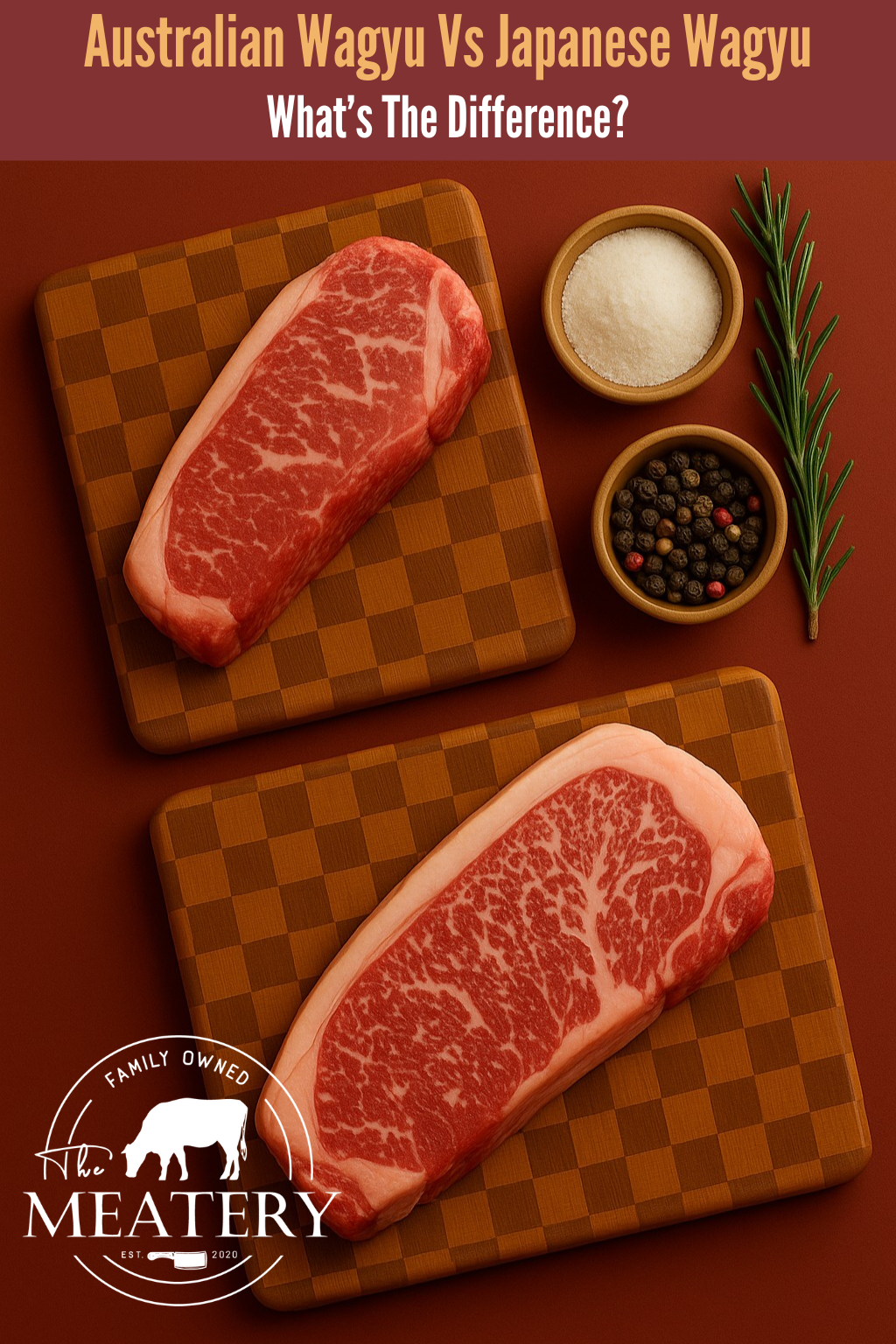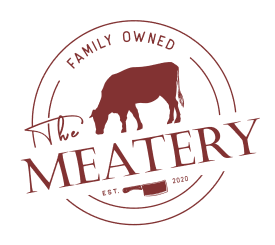Australian Wagyu vs. Japanese Wagyu Beef: Understanding the Key Differences
If you're new to the exquisite world of Wagyu beef, understanding the distinctions between Australian Wagyu and Japanese Wagyu can initially feel overwhelming. Both types are celebrated globally, renowned for their extraordinary tenderness, distinctive flavors, and luxurious marbling. Yet, notable differences set these two varieties apart, especially regarding taste, texture, marbling, and overall dining experience.
In this comprehensive guide, we’ll delve deep into the world of Wagyu beef, clarifying the unique traits that make Australian Wagyu and Japanese Wagyu so different.
What Exactly is Wagyu Beef?
To truly appreciate Wagyu, one must first understand its roots. The term "Wagyu" literally translates to "Japanese cow" ("Wa" means Japanese, and "gyu" means cow). Australian Wagyu beef originates from Japan, with four main breeds identified: Japanese Black, Japanese Brown, Japanese Polled, and Japanese Shorthorn. While the first two breeds are raised internationally, the latter two remain exclusive to Japan.
History of Wagyu: From Japan to Australia
During Japan's Meiji era in the late 19th century, efforts to integrate Western food culture led to crossbreeding Japanese cattle with European breeds. However, by 1910, Japan prohibited foreign cattle genetics, cultivating an exclusive Wagyu bloodline.
Between 1975 and 1997, Japan briefly permitted limited Wagyu cattle exports. Australia capitalized on this rare opportunity, obtaining its first Wagyu cattle genetics in 1990. After Japan reinstated export restrictions in 1997, Australia sourced additional Wagyu cattle from America, further establishing its herd. Today, Australia proudly hosts the largest Wagyu cattle population outside Japan, emphasizing stringent breeding programs to preserve Wagyu quality.
Australian Wagyu vs. Japanese Wagyu: Marbling and Grading
Marbling: A Key to Flavor
Marbling refers to the intramuscular fat streaks within beef, greatly influencing tenderness and flavor. While both Australian and Japanese Wagyu exhibit remarkable marbling, Japanese Wagyu generally surpasses its Australian counterpart, showcasing a more intense, intricate marbling pattern. This abundance of fat lends Japanese Wagyu its iconic "melt-in-your-mouth" quality.
Grading Systems Explained
Both nations have distinct grading systems:
-
Australian Wagyu is graded using the AUS-MEAT system, assigning scores from MS0 to MS9+. Only cuts rated MS6 and above are officially recognized as Wagyu, with the highest marbling occasionally graded MS9+ (this is usually reserved for Fullblooded Australian Wagyu Steaks!)
-
Japanese Wagyu grading, conducted by the Japanese Meat Grading Association (JMGA), utilizes the Beef Marble Score (BMS), ranging from BMS3 to BMS12. Grades below BMS3 aren't recognized as Wagyu. Additionally, Japanese grading factors include yield percentage and beef firmness, culminating in a detailed grade like A5—the pinnacle of quality.
Taste Differences: Exploring Culinary Nuances
While both varieties promise luxury dining experiences, discerning palates notice subtle taste differences:
-
Japanese Wagyu boasts a sweeter, richer flavor profile, primarily due to higher marbling and a more extensive feeding period (600+ days).
-
Australian Wagyu offers a robust, buttery taste, though typically less sweet and slightly firmer due to its shorter feeding time (350–450 days).
For enthusiasts eager to explore these taste differences, consider indulging in premium cuts such as the Japanese A5 Wagyu Ribeye or the Australian Wagyu Denver Steak.
Impact of Environment on Wagyu Texture
Environmental factors play a significant role in differentiating Australian and Japanese Wagyu. Australia's expansive pastures and diverse climates contrast sharply with Japan’s mountainous terrain and controlled farming practices:
-
Japanese Wagyu cattle enjoy a meticulous feeding regimen, featuring high-quality grains within a Total Mixed Ration (TMR), enhancing tenderness and marbling.
-
Australian Wagyu cattle benefit from vast grazing lands with grass and grain diets tailored by region. However, shorter feeding periods result in slightly leaner and smaller cattle, influencing overall texture.
Price Considerations: Why Does Wagyu Cost Differently?
Price variations between Australian and Japanese Wagyu stem from several factors:
-
Japanese Wagyu, due to strict breeding regulations, intensive farming practices, and limited available land, often commands premium prices.
-
Australian Wagyu typically offers more affordable pricing without sacrificing substantial quality. Its broader availability and lower production costs make it an excellent entry point for Wagyu enthusiasts.
Choosing between Japanese and Australian Wagyu often comes down to personal preference, desired culinary experience, and budget considerations (check out our other blogs for more tips and tricks before you decide to indulge in Wagyu!)
Enjoying Wagyu: Which Cut is Right for You?
Selecting your perfect Wagyu cut involves exploring personal tastes and preferred cooking styles. If luxury and supreme tenderness entice you, opt for a Japanese A5 New York Strip. Conversely, for a delightful balance of quality and affordability, an Australian Wagyu Picanha Steak checks all boxes!
Discover Your Wagyu Experience with The Meatery
Understanding the differences between Australian and Japanese Wagyu enriches your appreciation for this exceptional beef. Both types promise a sophisticated culinary journey marked by extraordinary tenderness, marbling, and flavor.
At The Meatery, we take pride in sourcing premium Wagyu beef from respected Australian and Japanese producers. Our Wagyu selection ensures unparalleled quality, catering to diverse tastes and culinary preferences.
Browse our exclusive collection online or visit our boutique butchery in San Diego, and let us help you discover your ideal Wagyu experience today!









